| General Data | |
| Manufacturer (OEM) | Seasonic |
| PCB Type | Double-Sided |
| Primary Side | |
| Transient Filter | 7x Y caps, 3x X caps, 2x CM chokes, 1x MOV |
| Inrush Protection | 2x NTC Thermistor MF72-20D20M (20 Ohm) & Relay |
| Rectifiers |
3x LVB2560 (25A, 600V)
|
| APFC MOSFETs |
4x Infineon IPA60R0125P6 (600V, 25A @ 100°C, Rds(on): 0.125Ohm)
|
| APFC Boost Diode |
2x ST STTH8S06 (600V, 8A @ 175°C)
|
| Bulk Cap(s) |
3x Nippon Chemi-Con (420V, 820uF each or 2460uF combined, 2,000h @ 105°C, KHE)
|
| Main Switchers |
4x Infineon IPA60R080P7 (600V, 23A @ 100°C, Rds(on): 0.08Ohm)
|
| Drivers IC | 2x Silicon Labs Si8233BD |
| APFC Controller | Texas Instruments UCD28070 |
| Resonant Controller | Champion CM6901T2X |
| Topology |
Primary side: Interleaved PFC, Full-Bridge & LLC converter
Secondary side: Synchronous Rectification & DC-DC converters |
| Secondary Side | |
| +12V MOSFETs | 16x Nexperia PSMN2R6-40YS (40V, 100A @ 100°C, Rds(on): 3.7mOhm) |
| 5V & 3.3V | DC-DC Converters |
| Filtering Capacitors | Electrolytic: 6x Nippon Chemi-Con (105°C, W) 1x Nippon Chemi-Con (5-6,000h @ 105°C, KZH) 2x Nippon Chemi-Con (2-5,000h @ 105°C, KZE) 3x Rubycon (6-10,000h @ 105°C, ZLH) 2x Rubycon (3-6,000h @ 105°C, YXG)Polymer: 12x Nippon Chemi-Con, 22x FPCAP, 4x |
| Supervisor IC | Weltrend WT7527RA (OCP, OVP, UVP, SCP, PG) |
| Fan Controller | Nuvoton M031 |
| Fan Model | Hong Hua HA13525H12SF-Z (135mm, 12V, 0.5A, Fluid Dynamic Bearing Fan) |
| 5VSB Circuit | |
| Rectifier |
1x Infineon BSC100N06LS3 FET (60V, 36A @ 100°C, Rds(on): 10mOhm)
|
| Standby PWM Controller | Power Integrations INN3164C |
Despite the huge PCB, the platform is densely populated. Moreover, I usually don’t find large heatsinks in modern PSUs. Although Titanium (this is a Titanium rated unit in the more accurate Cybenetics scheme) efficiency allows for low thermal loads, Seasonic used large heatsinks to make the fan’s noise as low as possible. An interleaved PFC, a full-bridge topology, and an LLC resonant converter are used for high efficiency. The main difference in the primary side between the TX-1600 and PX-1600 is depicted in the boost diodes used in the APFC converter, which is unimportant, and the bridgeless APFC converter that the TX-1600 uses.
The 12V rail is generated through 16x Nexperia FETs, which are a different model from the ones used in the TX-1600. The same rail also feeds a pair of DC-DC converters, which generate the minor rails. It is easier to identify all parts on this platform by fully desoldering it, which I didn’t want to do since I need it to remain fully operational for future testing.
The build quality is top, and the same goes for the soldering quality. Seasonic used Japanese caps everywhere, both electrolytic and polymer, and the bulk caps have a vast combined capacity, close to 2500uF! Because of the large bulk caps and their combined capacity, Seasonic used a pair of NTC thermistors with 20 Ohm resistance each! These thermistors are installed onto a vertical board.
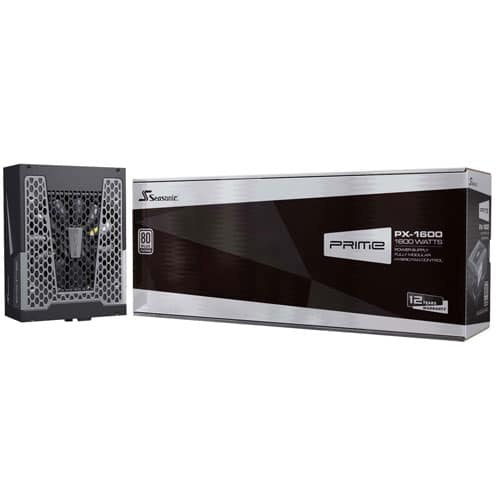
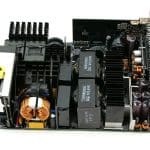

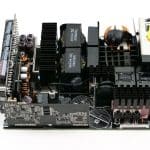
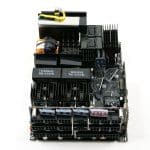

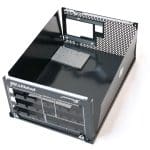
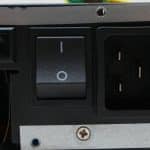
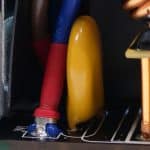

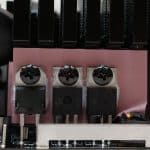
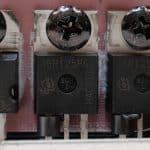

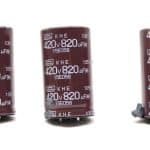
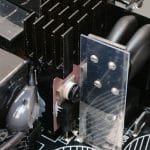
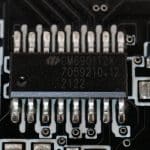
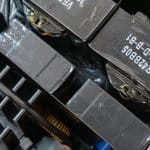

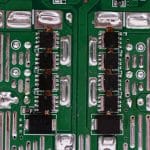
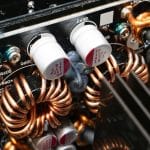
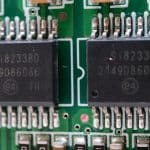
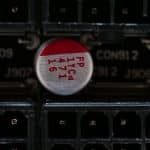
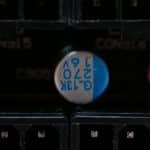
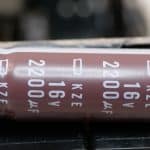
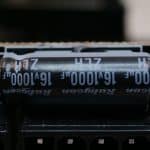
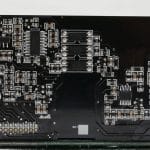
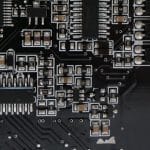
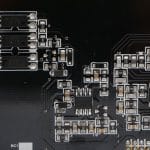
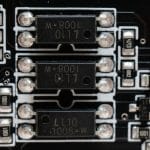
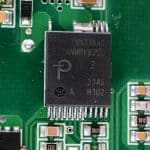
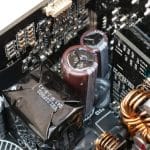
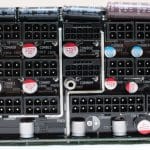
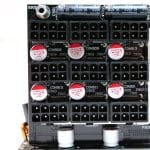

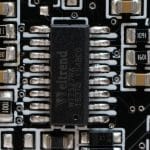
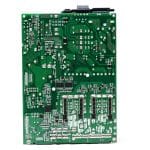
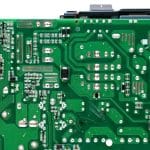
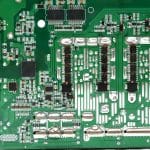
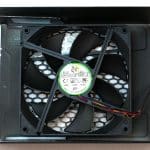
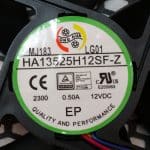



Based on your suggestions bought the PX-1600. Amazing quality and cables are braided. Saved around 130 USD compared to the TX version.
I am using on a 220v socket so efficiency must be even better.
Ok, thanks for replying crmaris. I’ve had good experience with Seasonic so far & their Prime range so I’ll stick with them, thanks again for your time & in-depth reviews.
Hi crmaris, thanks for your reviews on the TX & this PX, awesome job.
Are these cons significant enough to deter someone like yourself from buying one?
Have you tested/reviewed a better high end alternative or more simply, which PSU in the 1300W+ category would be your go to right now?
Hi! So far there isn’t any better choice in the ATX v3.0 and >1500W capacity. I haven’t tested something better. The Corsair AX1600i has higher overall performance but it isn’t ATX v3.0 compatible
Very extensive review. I have the old Prime PX-1300 that has the 12v sense defect. I disconnected the wire and the PSU hasn’t turned off abnormally since when overclocking my 7900 XTX. My next PSU will definitely be ATX 3.0-compatible but I don’t think I need a new one, especially considering the limited choices now. I hope Corsair will update the AX1600i soon but I bet it will cost an arm and a leg.